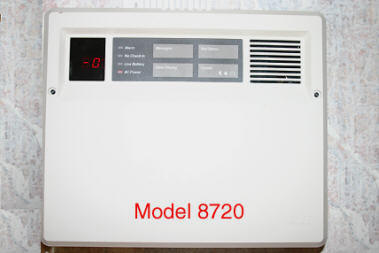
Shared Knowledge
"AT&T Home Security System - Replace a Defective Detector or Wireless Keypad"
22 April 2007

I personally have never had a universal transmitter go bad although it is certainly possible. Inside each universal transmitter is a crystal that is used to keep the universal transmitter on a specific system radio frequency (RF). Crystals do age and as they do this, the emitted RF signal could drift away from the frequency received by the central controller.
From the time my system was installed, one smoke detector would only go about 6 months on a set of new batteries before no-check-ins would happen related to this detector. From taking with various technicians about this problem, I was told that some smoke detectors draw too much battery current and so, yes, they eat batteries quicker than other devices. For a long time I did not have a spare or replacement smoke detector but after a successful eBay buy were I got 3 smoke detectors, I did replace my power hunger smoke detector.
Replacing a defective detector is easy:
1. Place your system in the "Test\Demo" mode.
2. Open the offending detector and copy down the dipswitch settings for both house ID and also device ID. Make sure to copy the settings of all switches.
3. Remove the battery(s) from the defective detector.
4. Set the dipswitches of the replacement detector to what you copied out of the defective detector.
5. Install the battery(s)
6. Replace cover or remount smoke detector, glass break or motion.
7. On the outside of a universal transmitter there is a raised button. Press it and be sure the central controller registers at least one beep. 3 beeps means a strong signal, 2 beeps means an ok signal and 1 beep means a weak signal.
Click here for more AT&T Home Security System.